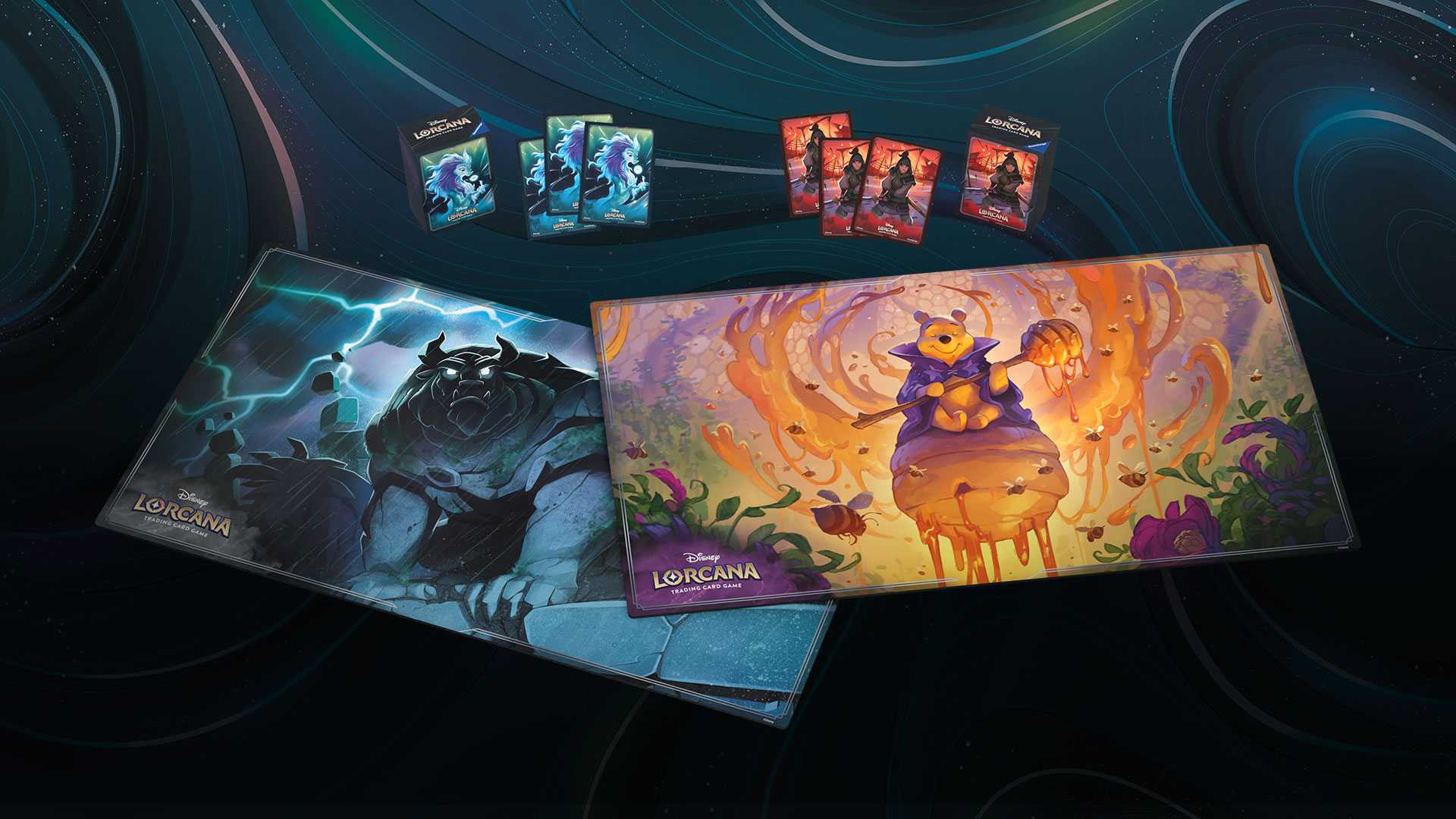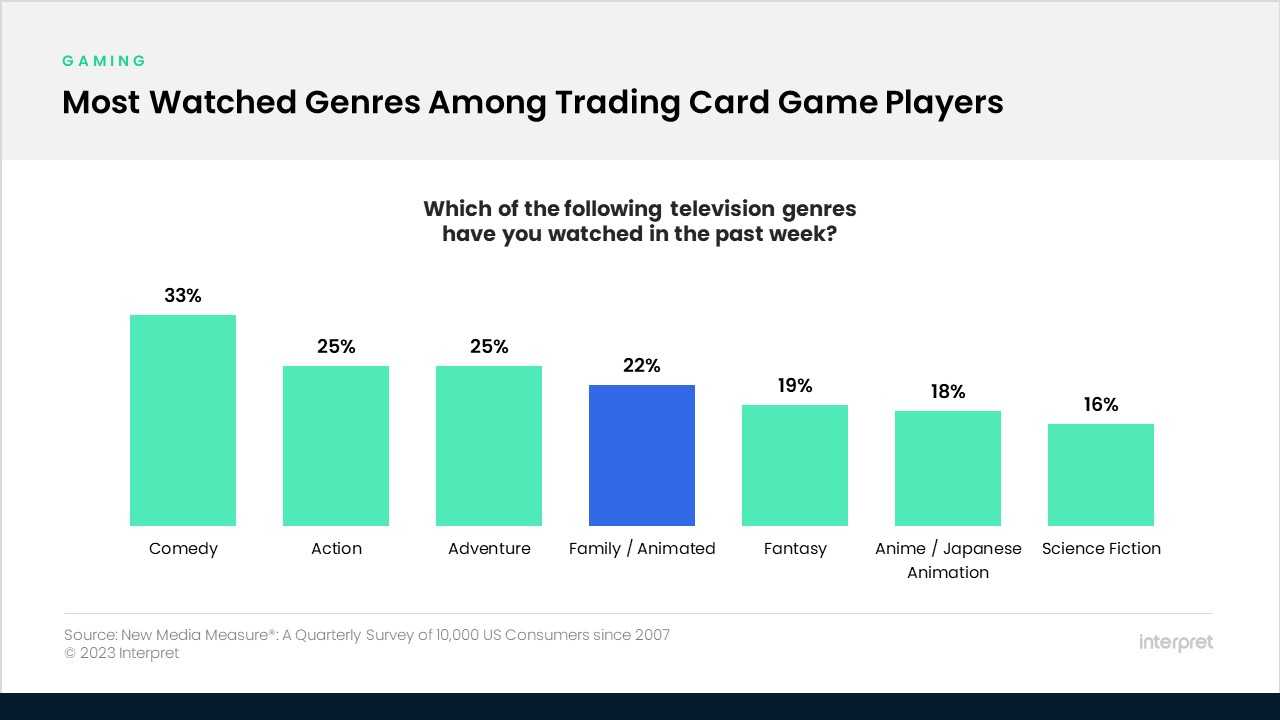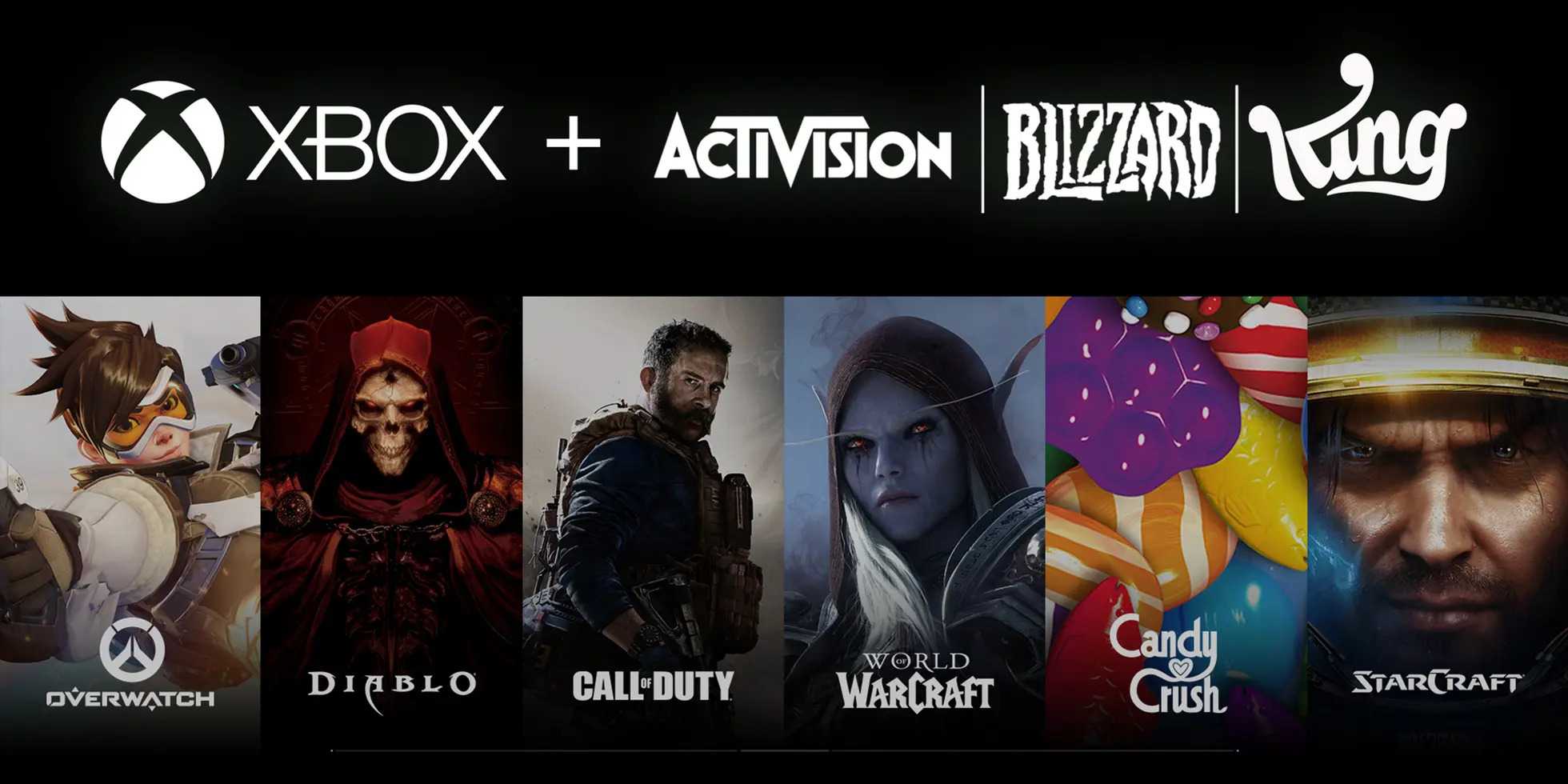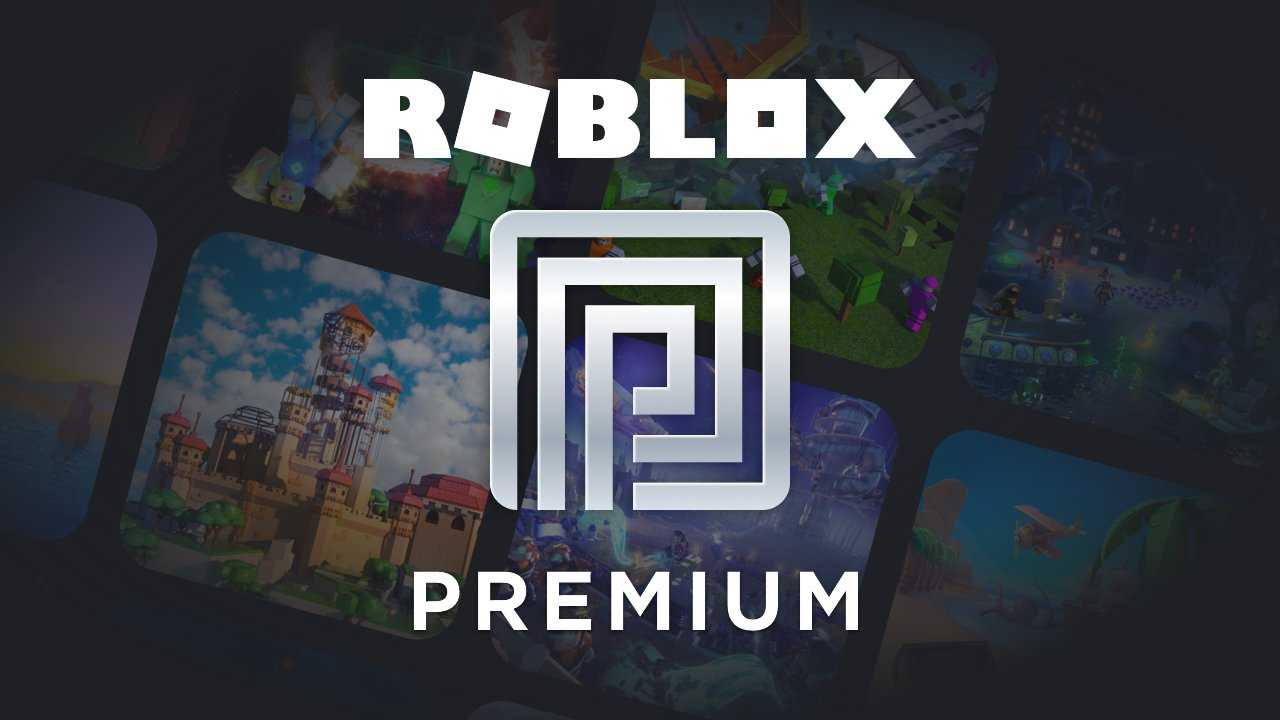Lorcana, a collectible card game based on Disney animation properties, has been a highly anticipated release since Disney announced the project last summer. That release finally came this past August at Gen Con, the largest tabletop gaming convention in North America, which led to overnight lines throughout the event.
Lorcana is attempting to hone in on the lucrative trading card game industry, which Wizards of the Coast’s Magic: The Gathering has dominated since its initial release in 1993, and recently became Hasbro’s first brand to reach $1 billion in annual sales. Disney is hoping to take a sizable chunk of that market share, something that many prospective competitors have attempted and failed.
To accomplish its goals, Disney partnered with Ravensburger, a frequent collaborator on other tabletop products, such as its popular line of Villainous cards. With original art that captures characters and themes throughout Disney’s history and approachable gameplay, Lorcana is capturing the attention of trading card game players and Disney collectors.
Where Lorcana has perhaps its biggest strength is with its vast and diverse catalog of characters. With cards reflecting the full scope of Disney animation – from early classics like Peter Pan and Sleeping Beauty to modern favorites like Frozen and Moana, and the iconic trio of Mickey, Donald, and Goofy in various forms – there are cards to appeal to players and collectors from all generations.
However, Lorcana product has been hard to come by, with product shortages and retailers price gouging. The shortages have prompted Ravensburger to accelerate its reprint timeline from Q1 2024 to Q4 2023. The reprint is intended to get more cards into the hands of players, much to the dismay of collectors concerned that the reprint will diminish the value of their cards.
The reprint also coincides with the release of the first expansion set of new cards, entitled “Rise of the Floodborn.” A large part of the success of Magic: The Gathering has been a continuous string of releases of new, meta-altering cards. In the case of Lorcana, Disney can also use these quarterly releases to introduce new characters to attract new players, as well as new gameplay elements (much in the way expansion packs and DLC re-engages players in video games).
Disney is tapping into strong desires to be able to play with favorite Disney characters. Magic: The Gathering has been exploring this same desire with its Universes Beyond series, which brings popular characters from other franchises into its game, such as with the recent “Tales from Middle Earth” release and their upcoming Doctor Who set.
According to Interpret’s New Media Measure®, among those who play collectible card games, “Family / animation” is the fourth most watched genre of entertainment, behind only Comedy, Action, and Adventure – but ahead of more gamer-centric genres like Science Fiction, Fantasy, and Anime / Japanese Animation.
Disney is not done infiltrating the trading card game marketplace, leveraging another of their strongest brands. In May, they announced a new Star Wars trading card game, Star Wars Unlimited, to be released next summer in partnership with Asmodee’s Fantasy Flight Games. Disney is looking to supplant Magic: The Gathering as the dominant player in the trading card game space and has the franchises to challenge it. The key to long-term success will be with its gameplay, community building, and sustained regular releases.








